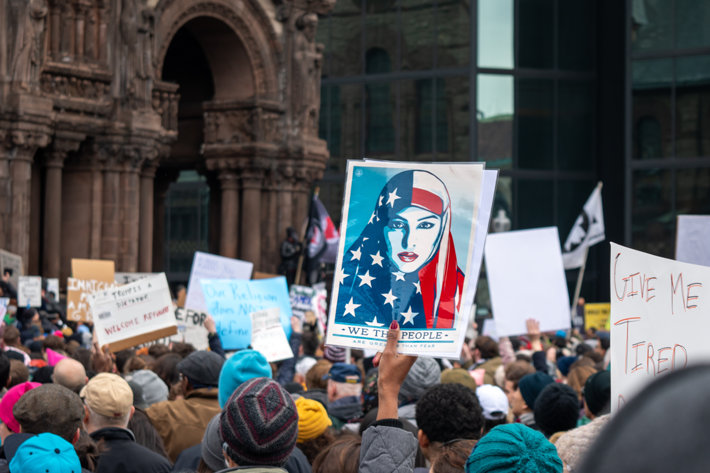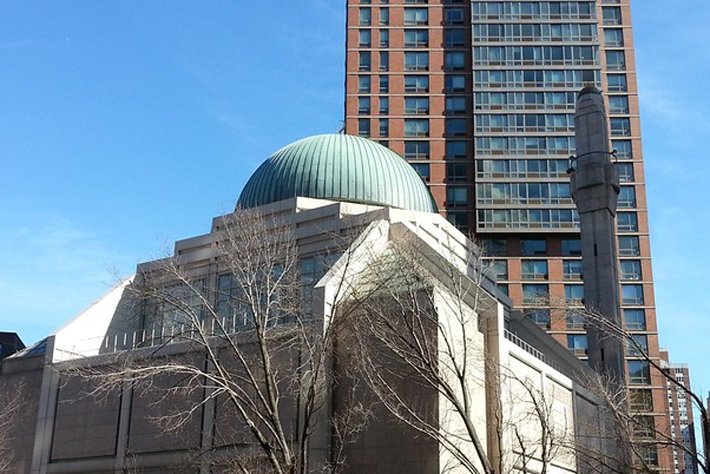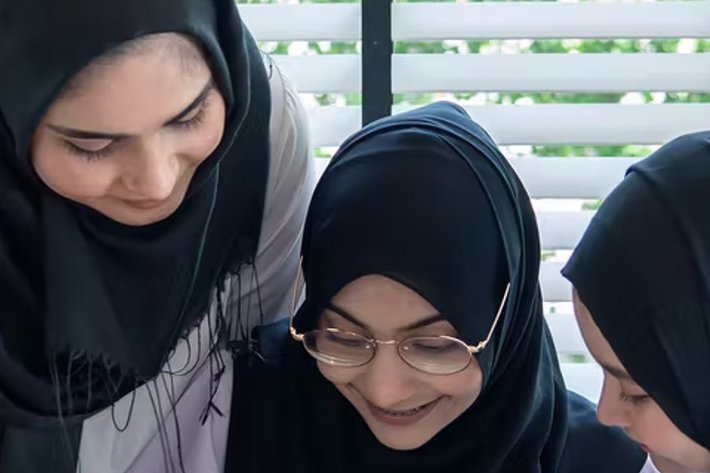Barely more than 1 percent of characters in 100 American and 63 British films from 2017 to 2019 were Muslim—and in both countries, less than a third were female, according to a disturbing snapshot of religious and gender discrimination in the movie industries of the United States, the United Kingdom, Australia and New Zealand.

In a recent study, “Missing & Maligned: The Reality of Muslims in Popular Global Movies,” the USC Annenberg Inclusion Initiative, a think tank of the University of Southern California Annenberg School of Journalism that researches diversity in entertainment, revealed that an analysis of 200 top-grossing films in the four English-speaking, largely Christian countries showed that Muslims were less than 2 percent of nearly 9,000 characters given on-screen speaking roles.
Violence was a recurring theme among the characters: Nearly 40 percent of primary or secondary characters in the films were perpetrators of violence, and nearly 54 percent were targets of it, according to the analysis, which was supported by Riz Ahmed, the Muslim actor and Oscar nominee for the 2019 film Sound of Metal, who joined the study as part of a coalition called The Blueprint for Muslim Inclusion.
“The representation of Muslims on screen feeds the policies that get enacted, the people that get killed, the countries that get invaded,” Ahmed told The Wrap. “The data doesn’t lie. This study shows us the scale of the problem in popular film, and its cost is measured in the lost potential and lost lives.”
As many as 58.5 percent of Muslim characters in the films were immigrants, migrants or refugees—and nearly 88 percent of them spoke no English or spoke the language with a clearly discernable accent. Just 19 of the 200 films studied presented Muslim characters who spoke one or more words on screen. Fully three-fourths of the characters dressed in clothes related to their faith.
“Muslim characters are rooted in times and places that promote the idea of Muslims as ‘foreign’ or ‘other,’” the study notes. A little over 45 percent of the characters were shown in the Middle East or North Africa—and just one Muslim character appeared momentarily in a scene set in the U.S.
Nearly one in six (17.1 percent) of primary or secondary characters were depicted as belonging to violent organizations. In one key film, Hotel Mumbai, a 2018 Indian-Australian action thriller based on a real-life terrorist attack in Mumbai, India, as many as six characters were shown as being part of an extremist group from Pakistan.
“Although this percentage overall is small,” the study notes, “because there are few portrayals of Muslim characters across popular movies, potent or distinct portrayals may have an outsize effect on audience perceptions and attitudes toward Muslims.”
Further, young audiences had little to identify with Muslims or Islam: Not a single Muslim character, for example, was featured in the 23 animated films that were part of the study—and just seven Muslim children were among nearly 9,000 speaking characters in the 200 films studied.
One of the study’s most startling features is the nature of disparagement directed at Muslim characters. As many as 41 primary and secondary Muslim characters were referred to as “terrorist” and “fundamentalist” and were at the receiving end of epithets that included phrases such as “He’s probably got a bomb strapped to his body” and “Isn’t it against your religion?”
The Annenberg study examined a total of 8,965 characters in the 200 top-grossing films and found a ratio of 60.3 non-Muslim characters to one Muslim character.
“Since the Annenberg Inclusion Initiative began evaluating top-grossing U.S. movies in 2007, leading and co-leading roles have primarily gone to white actors—and in particular, white male actors,” states the study, adding: “Thus, it was not surprising that few leading roles across the current study went to actors who were both from underrepresented racial/ethnic groups and identified as Muslim.”
“Yet, a deeper trend emerged as we examined the ways in which Muslim characters were shown on screen,” the study says. “Across 5 of the films with a Muslim secondary (or at least one primary) character, Muslim characters were explicitly shown in relation to a leading white character in roles that served the goals of the white lead. The result is that Muslim characters are shown not as independent, equal, or in relation to white leads, but in roles that render them subservient.”
The Annenberg Inclusion report points out that films fail to portray Muslims as they exist in society—part of vibrant and globally diverse communities that include entrepreneurs and politicians as well as neighbors and schoolmates.
“The narrow view that top films provide of the Muslim community is one that must shift and grow to ensure that Muslims are not only represented on screen, but that their stories can connect with and inspire audiences around the world.”
_____________
The Church of Scientology publishes this blog to help create a better understanding of the freedom of religion and belief and provide news on religious freedom and issues affecting this freedom around the world.
The Founder of the Scientology religion is L. Ron Hubbard and Mr. David Miscavige is the religion’s ecclesiastical leader.
For more information, visit the Scientology website or the Scientology TV network.


